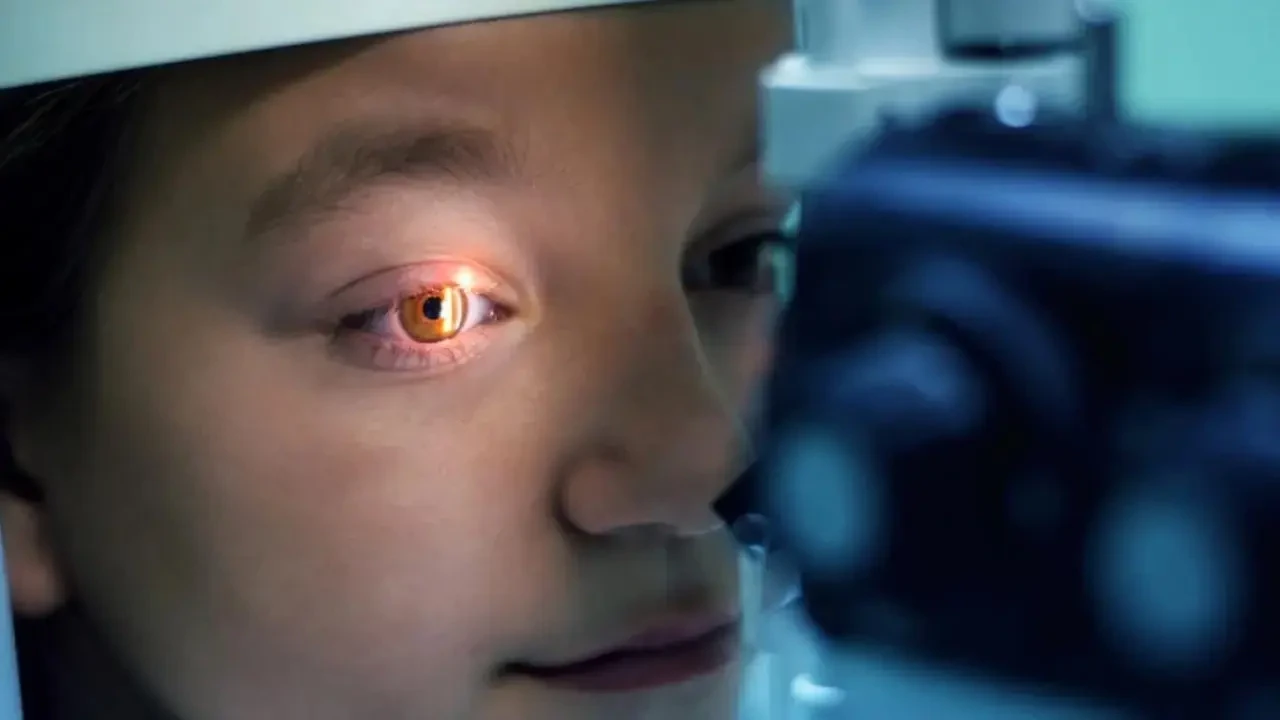While most Indians are busy celebrating Children’s Day today, it`s important to also focus on the health of every child, which can worsen during cold weather, apart from other times of the year.
Dr Cyres K. Mehta, surgical chief at Dr Cyres K. Mehta’s International Eye Centre, explains, “Children’s eyes are more sensitive to environmental changes. During the winter, humidity drops and cold winds cause dryness and irritation. Indoor heating and air pollution further reduce moisture in the air, leading to dry eyes, redness, and itching. Additionally, children tend to rub their eyes more frequently, which can introduce bacteria or viruses, increasing infection risk.”
mid-day spoke to Dr Mehta and Dr Nitin Kolte, medical director and chief surgical ophthalmologist at Poona Eye Care, to understand more about how winter affects a child’s eyes. They not only bust common myths but also highlight how parents can deal with it.
How do environmental factors like smoke, smog, and dust specifically affect children’s eyes?
Dr Kolte: Environmental factors like smoke, smog, and dust can have a stronger and more harmful impact on children’s eyes than on adults’ because kids’ eyes and immune defenses are still developing. Exposure to these can lead to symptoms like redness, itchiness, tearing, burning/gritty sensation. Sometimes the dust particles can cause physical damage to the surface of cornea leading to abrasions and infections.
Any symptoms parents should watch out for such as redness, watering, itching, or blurred vision?
Dr Kolte: Most common symptoms to watch out for include redness, increased tearing, irritation, eye rubbing, visual discomfort, blurring of vision, discharge or crusting on lid margins, sensitivity to light.
What are some of the most common eye irritations or infections seen in children during winter?
Dr Mehta: Here are some to look to look for:
1. Allergic conjunctivitis: Triggered by dust, smog, and indoor allergens.
2. Viral conjunctivitis (pink eye): Highly contagious and often spreads in schools.
3. Dry-eye irritation: Due to low humidity and indoor heating.
4. Blepharitis: Inflammation along the eyelid margin from poor eyelid hygiene or bacterial buildup.
5. Stye or chalazion: Small bumps caused by blocked oil glands.
How can parents differentiate between mild irritation and signs of a serious condition that needs medical attention?
Dr Mehta: Mild irritation usually presents as slight redness, itching, or watering that improves within 24–48 hours.
Serious symptoms include:
1. Persistent redness or swelling beyond two days.
2. Pus-like discharge or sticky eyelids.
3. Severe pain, light sensitivity, or blurred vision.
4. Sudden eyelid swelling or fever.
If any of these appear, parents should consult an ophthalmologist immediately.
When should parents consult an eye specialist during the winter season?
Dr Kolte: While routine eye checkup in kids is a must, but winter brings special challenges for children’s eyes due to cold air, increased exposure to smoke, dust, and screens. As stated above any symptoms like redness, pain, watering, crusting/discharge, gritty feeling calls for an eye examination.
What are the long-term risks if recurring irritations from pollution are ignored?
Dr Kolte: Chronic exposure with recurrent irritation and without proper care can lead to long-lasting problems especially in children, whose eyes are still developing. These can lead to conditions like chronic dry eye syndrome, Repeated Conjunctival Inflammation, corneal surface damage, visual problems etc. Chronic ocular discomfort can also affect concentration, reading, and screen tolerance affecting the child`s academic performance.
Does diet or hydration play a role in maintaining eye health during winter?
Dr Kolte: Yes, diet and hydration play an important role in maintaining healthy eyes, especially for . During winters, cold air, indoor heating, and dry winds all reduce moisture in the air, which can make eyes dry, irritated, and more sensitive. Nutrition and hydration help strengthen the eye’s natural defenses and hence makes the ocular surface less compromised to environmental irritants.
What simple preventive steps can parents take to protect their child’s eyes from pollution and smog?
Dr Mehta: Here are some steps to protect the eyes:
1. Encourage eye-washing with clean water after outdoor play.
2. Keep windows closed during peak pollution hours (early morning and evening).
3. Use indoor air purifiers or houseplants to improve air quality.
4. Ensure proper hydration, as dehydration worsens dryness.
5. Discourage eye rubbing, which can spread infection.
With increased air pollution levels, should children limit outdoor playtime?
Dr Mehta: Yes, during high AQI days (above 200) or visible smog, outdoor activity should be limited, especially for younger children. However, moderate play in cleaner air hours (late morning or early afternoon) is still beneficial. Always balance eye and respiratory with the need for sunlight and exercise.
Are protective glasses or eyewear recommended for children in high-smog environments?
Dr Mehta: Absolutely. Wraparound glasses or sunglasses can act as physical barriers against dust, smoke, and pollutants. For children who wear prescription glasses, anti-reflective lenses with UV and dust protection coatings are useful. Artificial tears can also help if dryness persists.
Are there any common myths about children’s eye care in winter that you would like to dispel?
Dr Mehta: Here are some of the myths:
Myth: Cold weather can’t harm eyes
Truth: Cold air and low humidity can significantly worsen dryness and irritation.
Myth: Eye drops are only for adults
Truth: Preservative-free lubricating drops are safe for children when recommended by a doctor.
Myth: Staying indoors always protects the eyes
Truth: Indoor heating, screens, and dust can irritate eyes too—balanced ventilation is key.
